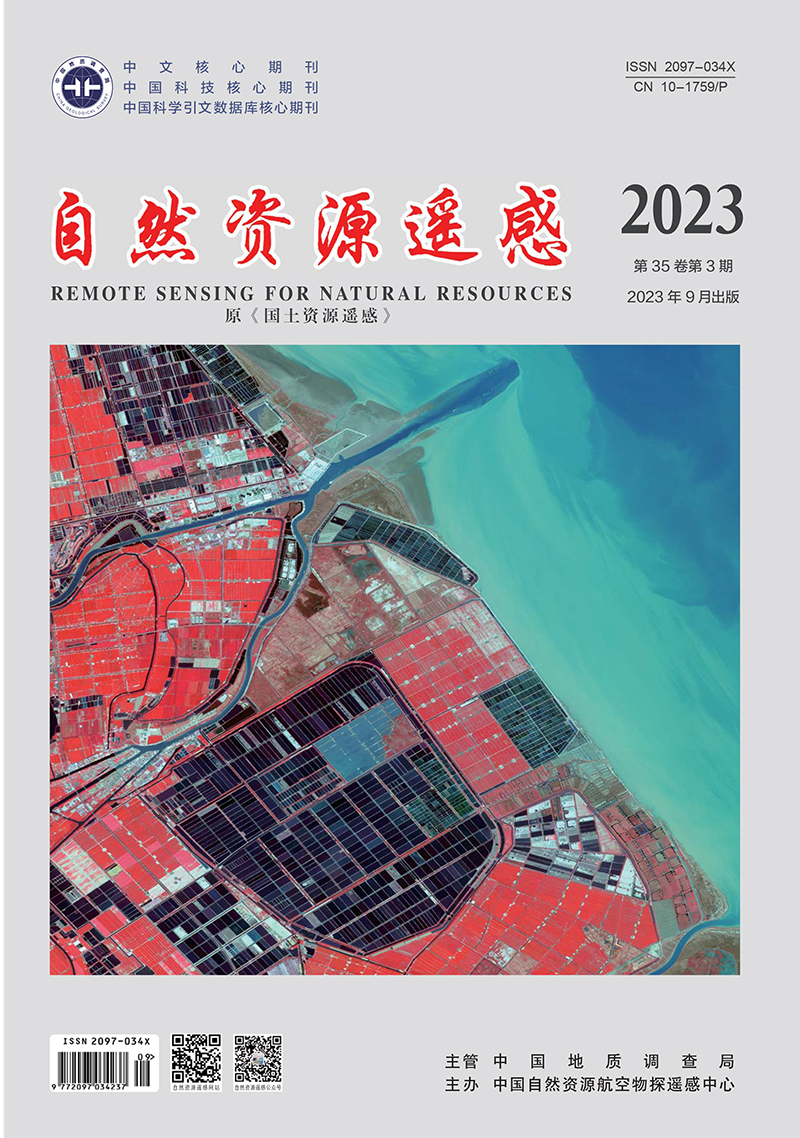LIN Jiahui, LIU Guang, FAN Jinghui, ZHAO Hongli, BAI Shibiao, PAN Hongyu. 2023. Extracting information about mining subsidence by combining an improved U-Net model and D-InSAR. Remote Sensing for Natural Resources, 35(3): 145-152. doi: 10.6046/zrzyyg.2022197
| Citation: |
LIN Jiahui, LIU Guang, FAN Jinghui, ZHAO Hongli, BAI Shibiao, PAN Hongyu. 2023. Extracting information about mining subsidence by combining an improved U-Net model and D-InSAR. Remote Sensing for Natural Resources, 35(3): 145-152. doi: 10.6046/zrzyyg.2022197
|
Extracting information about mining subsidence by combining an improved U-Net model and D-InSAR
-
LIN Jiahui1,2,3,
-
LIU Guang 1,2,3,
-
FAN Jinghui4, ,
-
ZHAO Hongli4,
-
BAI Shibiao5,6,
-
PAN Hongyu1,2,3
-
1. Key Laboratory of Digital Earth Science, Aerospace Information Research Institute, Chinese Academy of Sciences, Beijing 100094, China
-
;2. International Research Center of Big Data for Sustainable Development Goals, Beijing 100094, China
-
;3. University of Chinese Academy of Sciences, Beijing 100049, China
-
;4. China Aero Geophysical Survey and Remote Sensing Center for Natural Resources, Beijing 100083, China
-
;5. College of Marine Sciences and Engineering, Nanjing Normal University, Nanjing 210023, China
-
;6. Key Laboratory of Mountain Hazards and Earth Surface Processes, Institute of Mountain Hazards and Environment, Chinese Academy of Sciences, Chengdu 610041, China
More Information
-
Corresponding author:
FAN Jinghui
-
Abstract
Surface subsidence caused by the exploitation of mineral resources must be considered during the development and utilization of land and space in mining areas. Furthermore, it serves as a significant indication of underground areas subjected to illicit mining. The exploitation of mineral resources is generally conducted in widespread, uneven, and dispersed areas, making it necessary to quickly and accurately identify and extract the spatial distribution of mining subsidence in large areas. This study determined the multitemporal differential interferometric phase diagram of mining areas using the differential interferometric synthetic aperture Radar (D-InSAR) technique. Furthermore, it trained networks for the intelligent identification of mining subsidence by employing deep-learning FCN-8s, PSPNet, Deeplabv3, and U-Net models. The results show that the U-Net model enjoys a high detection accuracy and a short detection time. To improve the semantic segmentation and extraction accuracy of information about mining subsidence, this study introduced the efficient channel attention (ECA) module into the conventional U-Net model during the training. Compared with the conventional model, the improved U-Net model increased the intersection over union (IOU) corresponding to mining subsidence by 2.54 percentage points.
-

-
-
Access History







 DownLoad:
DownLoad: